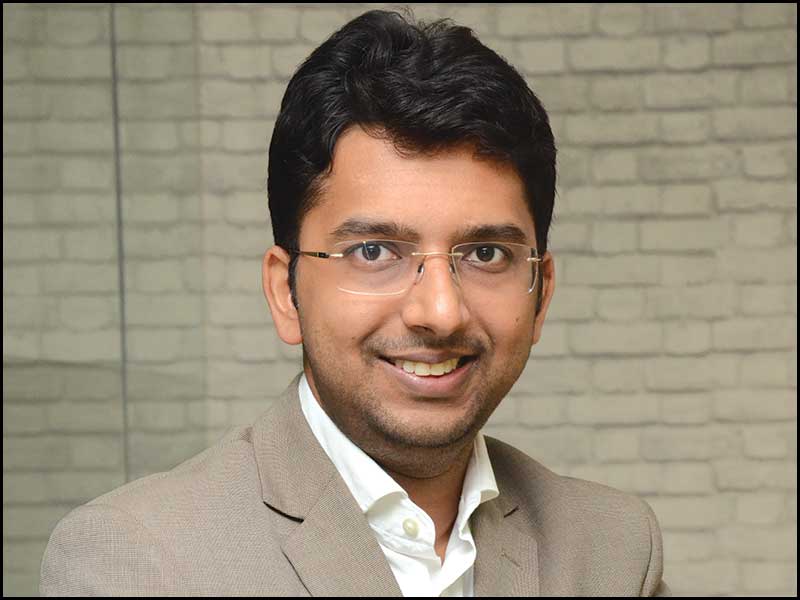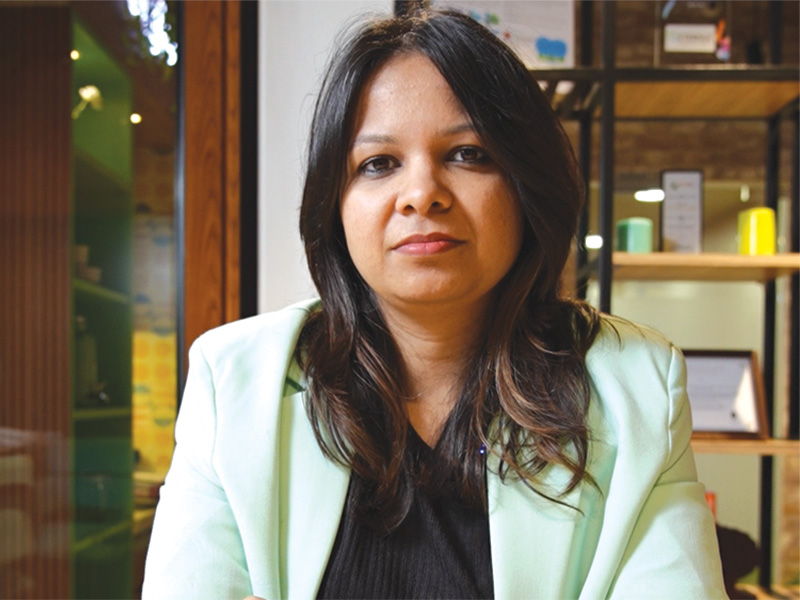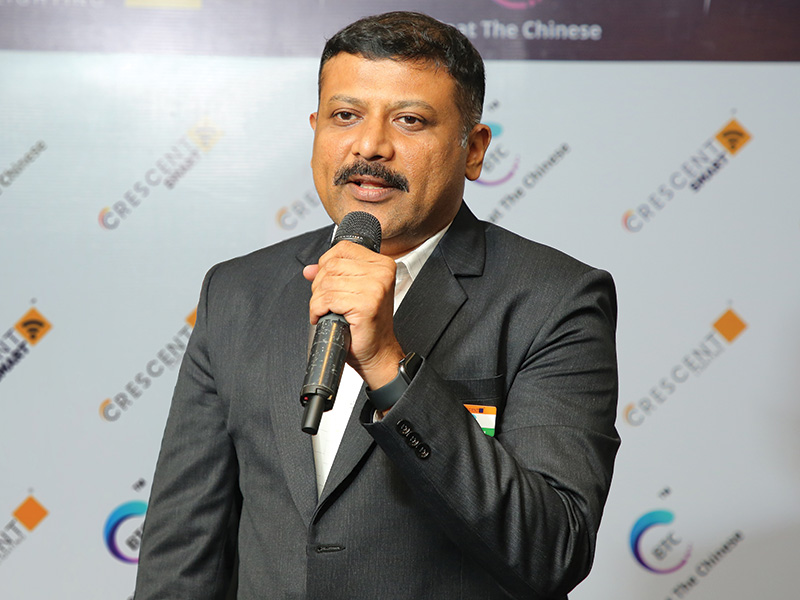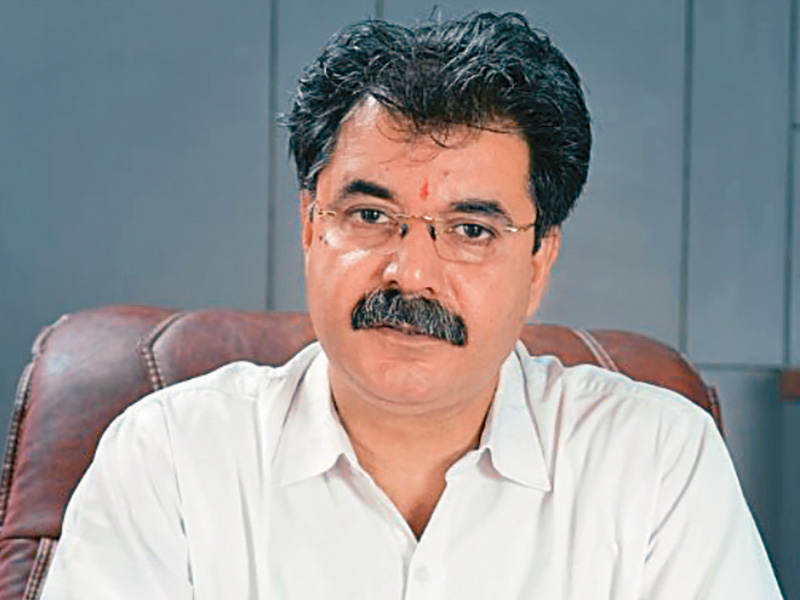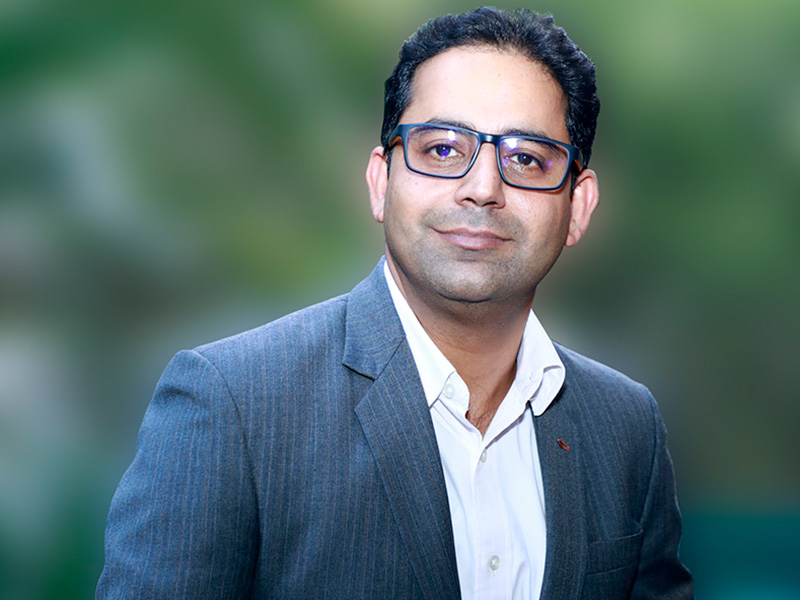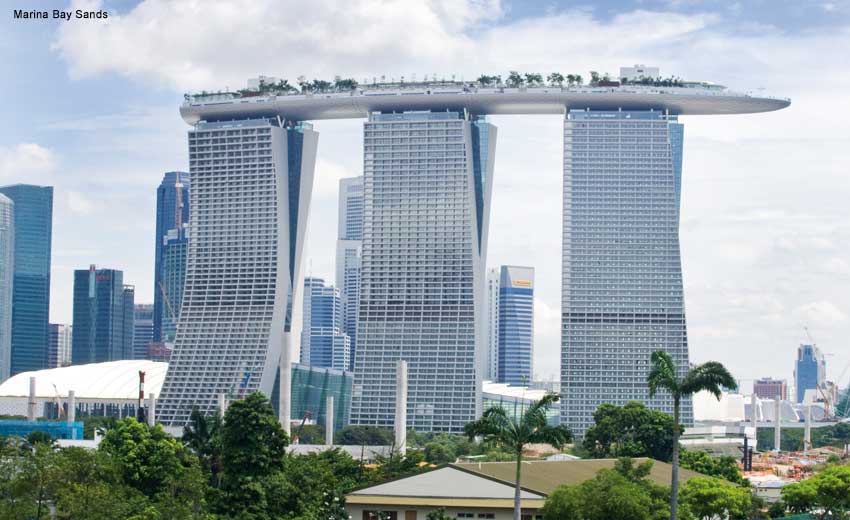
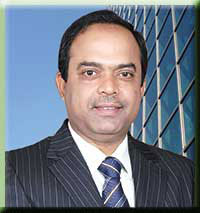
"Quality comes with a price. A good quality wooden or PVC window could be more expensive than a standard aluminium window. But the issue is not the price, the issue is about the possibilities in aluminium. The life cycle of aluminium could be more than the life cycle of the building itself. Its high strength to weight ratio, flexibility and formability guarantee virtually unlimited design potential. It can be shaped, welded, screwed and cut into dynamic 3-D shapes. All these good properties make aluminium as ideal metal for fenestration and façade. The potential of Aluminium is unlimited. We, at Hydro are Building the Future with Aluminium," says Mr. Subhendu Ganguly, Country Head, Hydro Building Systems Pvt. Ltd. in an interview with Maria R.
Could you please start with a brief about the evolution of Hydro Buildings system and the inspiration behind it?
Hydro Building Systems is a part of Norsk Hydro, one of the top aluminium companies in the world. Hydro Building Systems develops and sells aluminium-based building systems destined for more than 100 countries. The major part of the sector's activities is focused on the European markets with presence in Middle East, India, China, South East Asia, Argentina, South Africa and others. The sector is growing rapidly outside Europe, mainly in Asia.
Hydro started its Building Systems activity with the top Italian brand Domal long time back. Subsequently with the acquisition of Wicona in Germany, Technal in France and Alumafel in Spain, Hydro Building Systems emerged as one of the largest system houses in the world. The main inspiration was to serve the building and construction market with larger focus on windows, doors, façade, shutters and conservatories with high quality, energy efficient building products and solutions. Hydro Building Systems is glocal today; we combine our global strength with local market approach and that is why each of our local companies selects their own brand portfolio and adapts products and services to suit their customers' needs and requirements.
Please tell us about Hydro's different vertical, products range, their areas of applications and company's global market reach.
Norsk Hydro is a resource rich and fully integrated aluminium company. We have 23,000 employees in 40 countries. In Hydro, we master the entire value chain from Bauxite to Building Systems; fully integrated. Norsk Hydro produces about 9.5 TWh of renewable energy in Norway. We have a bauxite capacity of 10.8 million tons and alumina capacity of 6.3 million tons : both with substantial expansion potential. Hydro can produce 2.4 million tons of primary aluminium metal per year, our new smelter Qutalum in Quatar went on full stream recently with 600,000 tons of aluminium metal production facility. Hydro is the number one flat rolled product producer in Europe. In aluminium foil and litho, we enjoy leading position in the world. We are one of largest aluminium extrusion producer in Europe and in extrusion we have strong positions in US and Brazil. We are a global leader in precision tubing. In building systems, we are building the future with aluminium.
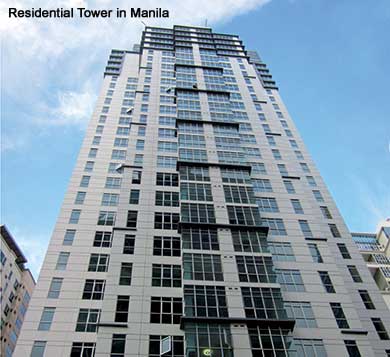
Hydro Building Systems, India started activity in 1995. We introduced Domal in Indian market at a time when aluminium building systems was practically non-existent in India. Since then Domal brand has gained popularity and became one of bench marks for high quality aluminium windows. We made good progress and grown over the years and today we serve Indian market nationally from our headquarter and distribution centre in Bangalore. The market looks attractive and this segment is bound to grow meeting the pace of growth of building industry.
Sustainability is shaping the building industry to an ever greater extent than any other sector of the society. How would you correlate sustainability with your products and systems?
Sustainability is the key for "Green Construction" and aluminium fits perfectly there. Producing aluminium requires energy but aluminium is an energy bank; we can call it energy in frozen form. With aluminium today we are delivering zero energy buildings with our products designed with eco-conception. Aluminium is recycled in a way that pays for itself. Aluminium components can usually be recycled in a single process using up to 95% less energy than the primary production process. As almost all aluminium used in construction is recycled, the considerable energy invested in the production of primary aluminium can be reinvested into other aluminium products. Scrap may not necessarily be recycled back into its original product or even reused in the country in which it was first manufactured but the original energy investment will not be lost.
Today, approximately 75% of all the aluminium ever produced is still in productive use, having been through countless loops of its lifecycle.
Ensuring that the material loop is closed is an essential element in the sustainability of architectural aluminium. The value of aluminium, a function of the material's unique properties and the energy required to produce primary metal, means that 95% of aluminium in buildings is collected and recycled at the end of its useful life.
ISO 14044 offers guidelines how to consider recycling in the life cycle of products. In the case of aluminium architectural products, which are not lost or consumed during the lifetime of a building, but only used and which are recycled an indefinite number of times (with some losses); there is no longer a "grave" or land filling stage. They clearly fulfill the idea of a "cradle-to-cradle" approach.
Why one should prefer aluminum over conventional building materials like wood, steel or PVC where initial cost is high?
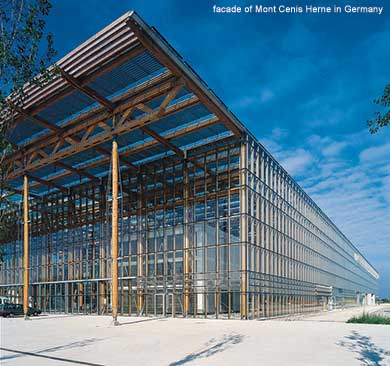
The incredible high strength-to-weight ratio of aluminium makes it possible to design light structures with exceptional stability. The use of aluminium provides architects with the means to meet required performance specifications, while minimizing expenditure on foundations. Due to the metal's inherent strength, aluminium window and curtain wall frames can be very narrow, maximizing solar gains for given outer dimensions. In addition to which, the material's light weight makes it cheaper and easier to transport and handle on site and reduces the risk of work-related injury.
The high reflectivity of some aluminium alloys makes it a very efficient material for light management. Aluminium solar collectors can be installed to lower energy consumption for artificial lighting and heating in winter, while aluminium shading devices can be used to reduce the need for air conditioning in summer.
Aluminium building products are made from alloys that are weather-proof, corrosion-resistant and immune to the harmful effects of UV rays, ensuring optimal performance over a very long lifetime. Besides routine cleaning for aesthetic reasons, neither bare nor painted aluminium requires any maintenance, which translates into a major cost advantage over the lifetime of a product. The freedom of maintenance guarantees unlimited use and the possibility of a reliable cost analysis over the entire useful life.
All these good properties make aluminium as ideal metal for fenestration and façade. The potential of Aluminium is unlimited.
In your opinion, how has the building products' market been grown in India during the last decade? What will be the growth trajectory in the coming years?
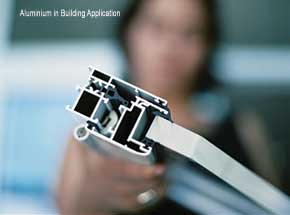
What is the latest trend and technological advantages that have been witnessed in aluminum façade and fenestration industry in the country?
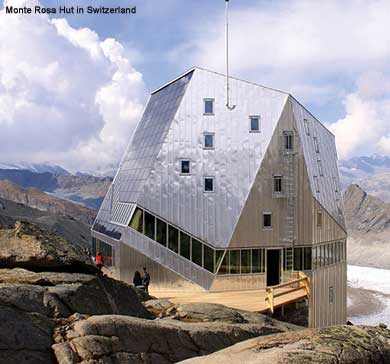
The use of aluminum is not new to Indian building industry but until recently it was very limited and of inferior quality due to lack of awareness and standardization. What is your organization doing to bring awareness among architects/planners/developers in this regard?
Situation has improved a lot in last decade. But there is still a lot to be done. Quality is in demand and awareness is growing. In Hydro, we monitor this with a continuing effort to improve awareness among the specifiers through interactions. But building users need to more aware of the product they are buying; ultimately it is the user who will have to live with the product.
What are the sales services you are providing? Do you have your own installation team?
We have our dedicated sales and technical team to support our authorized metal builders all across the country. These metal builders receive training from us, fabricate the products using dedicated tools supplied by us and then install as per our standards and specification.
What are hydro's future plans in terms of introduction of new products?
Innovation is key to us. We have been introducing new products suitable for Indian market and today we have every kind of products that this market needs. Our brands; Domal and Technal give us lot of width in terms variety, application and performance criteria. Starting from very basic fenestration to intelligent and high performing façade we have everything under one umbrella.






